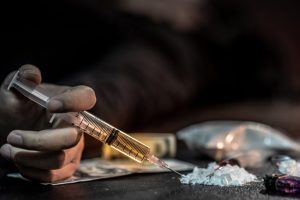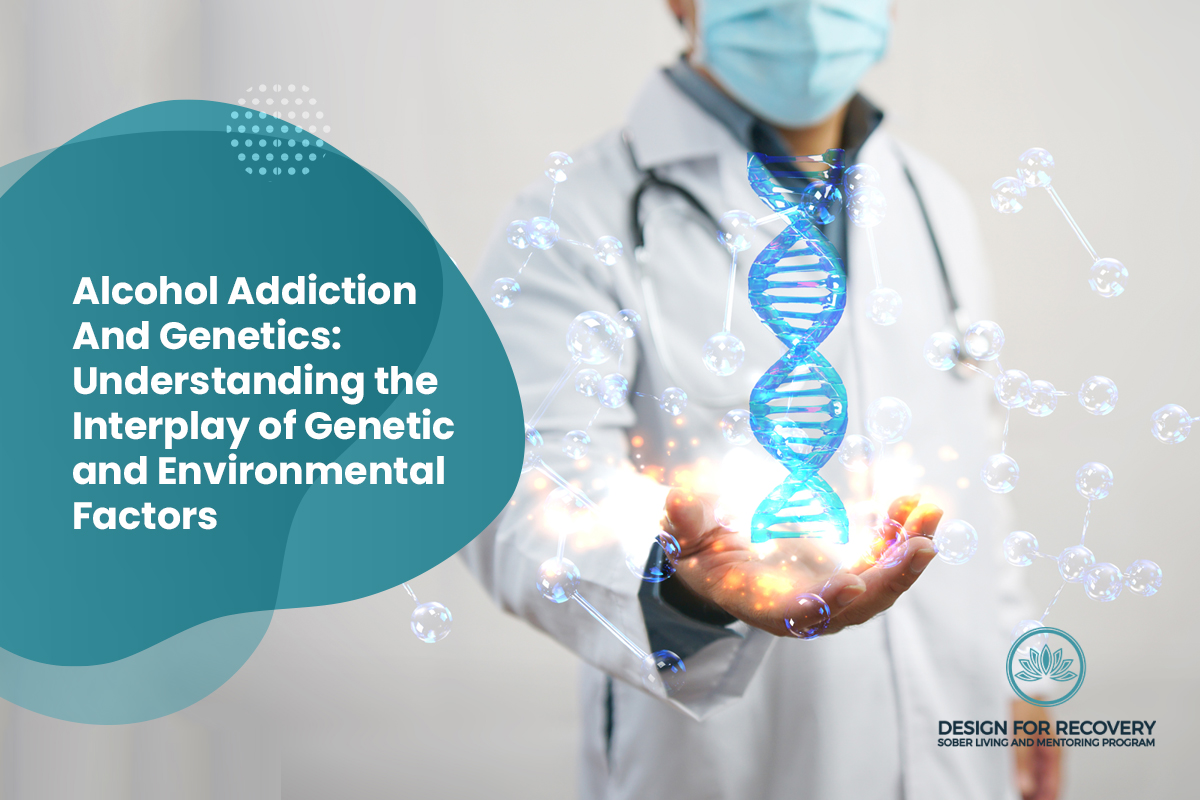Methadone, a medication used to treat chronic pain and opioid use disorder, can cause addiction among users. Prolonged methadone use can also cause withdrawal symptoms and cravings if you quit it abruptly.
Learn more about methadone abuse, its withdrawal, and treatment options below:On This Page:
What Is Methadone and How Is It Used?
Methadone belongs to the class of opiate (narcotic) analgesics. It functions as a pain reliever by altering how the brain and nervous system respond to pain.

Methadone, which was first developed by German doctors during WWII for severe pain, is now commonly used in the treatment of opioid addiction. Medical experts prescribe methadone to prevent withdrawal symptoms in individuals who have quit taking opiates. Methadone differs from other opioid drugs in that it is processed more slowly in the body and counteracts the negative effects of other opioids. It is also far easier to wean off of than other opioid drugs. As such, it is extremely useful as part of a larger treatment plan for heroin addicts.
Methadone, like most drugs, has many advantages, particularly for people in recovery from opioid use disorder. Nevertheless, these advantages are accompanied by various risks. In addition, methadone is a Schedule II substance. This means that it is highly addictive and can cause a person to become physically dependent on it.
How Does Someone Become Addicted to Methadone?
Methadone therapy can lead to abuse and addiction if not medically supervised or closely monitored. Like other drugs, long-term methadone use prescribed for chronic pain can result in tolerance, a condition in which high doses are required to provide the same effect. Once tolerance develops, the individual may attempt to take higher or more frequent doses. This type of behavior can lead to the onset of addiction.
Methadone abuse can also develop if the drug is used illegally, which means obtaining it without a prescription, or if it is taken incorrectly, such as by mixing it with other illicit drugs.
What are the Side Effects of Methadone
When a person uses methadone, they experience side effects, such as dry mouth, drowsiness, lightheadedness, gastrointestinal distress, urinary retention, and sexual impotence.

In addition to the physical side effects of methadone, psychological side effects may also manifest, including hallucinations, depression, anxiety, paranoia, insomnia, impaired concentration, delusion, and suicidal ideations
Methadone Abuse Statistics
According to CDC data, methadone accounted for about 1% of all opioids prescribed for pain and around 23% of all prescription opioid-related deaths in 2014.
The mortality rate from methadone overdose increased by 600% from 784 individuals (per 100,000) in 1999 to 5,406 persons in 2006 and stabilized at 5,518 in 2007. In 2014, it dropped by 39% with 3,400 persons.
Risks of Methadone Addiction and Abuse
Methadone also carries its own risks of drug abuse. Like alcohol and most drugs, methadone, while less intense than morphine or heroin, can cause mental and physical dependence. Methadone is rarely abused when used as prescribed and under controlled medical supervision. However, it tends to be less tightly supervised when prescribed for pain relief rather than addiction treatment. It can also be purchased and abused illegally without a prescription. These latter two cases can very quickly lead to drug abuse. Despite being a lifesaver for many individuals struggling with addiction, methadone is linked to thousands of deadly overdoses yearly.
When methadone is not taken as prescribed and people take higher doses in search of a “high,” a pattern of abuse and addiction can develop. The effects of methadone can be extremely damaging to mental health and can pose life-threatening risks to the physical health of the individual.
Methadone Overdose Symptoms
Methadone overdose is the most dangerous risk. A person who has overdosed is usually limp, breathing very slowly or not at all (respiratory depression), and has blue lips or fingernails. Sometimes they are vomiting or lightly gurgling and have high blood pressure. In some cases, people who have overdosed are completely unresponsive. Naloxone, which reverses the effects of opioid overdose, is the best treatment for an overdose, but it must be administered as soon as possible. If you suspect a loved one is abusing methadone, it is a good idea to keep a supply of naloxone at hand.
The following are the overdose symptoms of methadone:
- Nausea and vomiting
- Constricted pupils
- Hypertension
- Discoloration in the nails and fingertips
- Clammy or bluish skin
- Slow, shallow breathing, known as respiratory depression
- Dizziness
- Loss of consciousness
- Convulsions
- Coma
- Death
To ensure the safe use of medication, individuals should disclose their complete medical history to their healthcare providers. Other drugs, including herbal remedies, opioid painkillers, or illicit drugs, may interact with methadone and have adverse health effects, such as unintentional overdose. If you suspect someone is having an unintentional overdose, dial 911 immediately or seek immediate medical care.
Methadone Withdrawal Symptoms
- Runny nose
- Watery eyes
- Anxiety
- Tiredness
- Restlessness
- Sweating
- Yawning
- Trouble sleeping
 After around three days, symptoms begin to peak. For the following week, it is common to experience:
After around three days, symptoms begin to peak. For the following week, it is common to experience:
- Muscle aches and pains
- Severe nausea
- Vomiting
- Cramps
- Diarrhea
- Goosebumps
- Depression
- Drug cravings
Methadone Withdrawal Timeline
Because methadone stays in your body for a longer period than other opiates, the symptoms of withdrawal that you experience when you stop using don’t start as soon or as intensely as with other opiates. If you have any symptoms during the first 30 hours of abstinence from methadone, it is quite likely that you are going through withdrawal. The first symptoms will usually become visible between 24 and 36 hours after the last dose.

In general, withdrawal from methadone can last between two weeks to six months. The withdrawal process needs to be monitored by a qualified medical practitioner for any symptoms and complications. This way, the doctor can help manage the individual’s painful symptoms and maintain treatment.
How Long Does Methadone Stay in Your System?
The half-life of methadone can range from 8 hours to 59 hours or more. However, this varies greatly from person to person, depending on several factors, such as age, metabolism, liver function, weight, methadone dosage, and other health conditions. Due to the fact that it takes five half-lives for the system to eliminate a medication completely, methadone can remain in the bloodstream for a longer period.
A half-life of 8 to 59 hours equates to 1.83 to 13.52 days when measured in terms of days. In other words, the amount of time that methadone stays in a person’s body can range anywhere from 1.83 days to 13.52 days. With extended use, methadone remains in the body for much longer.
Methadone Abuse Treatment
There are numerous options available for treating methadone addiction. If your doctor prescribed methadone as part of addiction treatment, it is often a good idea to consult the physician who prescribed it. They are likely familiar with your situation and can recommend a treatment program that provides the care you need.
Many addicts have found relief through 12-step programs. There are hundreds of 12-step programs in existence today, and each one focuses on specific drug use. Narcotics Anonymous is commonly used in the treatment of opioid addiction. Attending 12-step meetings allows one to build the tools necessary for recovery from addiction and abuse. It is also an opportunity to meet other people struggling in similar situations. These meetings are open to absolutely anyone and are run on a voluntary basis without any fees.

For those with the means to do so, attending sober living is often the best and most effective course of action to recover from opioid addiction. Many different options for recovery are available, including halfway houses, rehab centers, and sober living homes. They are highly effective for recovering from substance abuse and achieving positive outcomes after re-entering the world. One study on sober living houses by researcher Korcha R. Bond found that simply living in a sober environment was enough to improve recovering addicts’ measures of success.
Different options exist for people in different situations when it comes to seeking help and finding a sober living home. Nonprofits such as Shatterproof are available to help provide information. For low-income individuals, government insurance like Medicaid can often pay for rehab and other inpatient treatment programs to help with opioid addiction.
Of course, private facilities are also plentiful. Many offer more dedicated, structured care — and for longer periods. However, while private facilities do indeed cost more, many offer reasonable payment plans. Whatever your financial situation, investing in recovery is likely to sound economic and health advice.
Frequently Asked Questions
Methadone withdrawal is a difficult process. As such, it is not recommended that you attempt to go through it on your own. Inform your doctor of any problems you are experiencing so that they can assist you in the treatment of opioid withdrawal symptoms.
Your medical provider will start you on methadone detox and will likely provide medications to treat the symptoms of methadone withdrawal. These treatment options substantially increase the likelihood of a complete recovery. Doctors typically prescribe buprenorphine, naloxone, clonidine, and other medications, which reduce the length of the withdrawal process and relieve some of the symptoms associated with it. You might also find it helpful to talk to other people going through something similar in support groups.
People often attempt to get through the methadone withdrawal process on their own. However, it is not advisable to detox from methadone at home. In most cases, withdrawal from opiate drugs does not pose life-threatening conditions, but the process can be unpleasant and cause adverse effects, such as severe respiratory depression. If medical intervention is not sought to prevent opioid withdrawal symptoms, it can also result in cravings and relapse. In fact, relapse is one of the greatest risks of quitting methadone cold turkey.
As treatment for opiate addiction, detoxification can occur in hospitals, detox centers, methadone clinics, or inpatient treatment centers as part of a larger treatment program. During medical detox, individuals experiencing withdrawal will be monitored by healthcare specialists and, if necessary, given medications to manage specific symptoms.
Tapering is the safest way to detox from methadone, which involves gradually reducing the dose over time. Tapering can help reduce withdrawal symptoms. Your physician is in the best position to determine and start a schedule for gradually decreasing the amount of methadone you take. A professional treatment provider should always supervise weaning or tapering to monitor withdrawal and help the patient find the best way to regulate doses.
Moreover, medical detox helps people get through withdrawal safely, but doesn’t treat the underlying causes of substance abuse. Detox should ultimately be followed by comprehensive addiction treatment that includes behavioral therapy and other treatment methods, such as 12-step groups. Sober living homes can provide these recovery options as they provide structure designed to help individuals regain sobriety and rebuild their lives. This mix of therapeutic modalities aims to change maladaptive behaviors and build social support and stress-management abilities.
Methadone is a component in medication-assisted treatment (MAT) used to treat heroin addiction. Because it is a long-acting opioid, it blocks the euphoric effects caused by heroin by binding to the same opioid receptors in the brain. Prescription methadone works to prevent opioid withdrawal and cravings, thereby facilitating recovery for people with heroin addiction and other opioid addictions. Substance abuse research shows that methadone reduces the mortality rate associated with opioid addiction. The same study also revealed that taking methadone in a closed setting, followed by continuing treatment, lowers the risk of relapse.
Methadone treatment is also known as methadone maintenance therapy or replacement therapy. It does not treat heroin addiction by itself and is only one component of a comprehensive treatment plan.
Methadone belongs to a Drug Enforcement Administration (DEA) classification known as Schedule II drugs. This means that this type of pain medication has a high potential for abuse and can induce physiological dependence in the user. If you abuse methadone or even take it as prescribed, you may become dependent on it and experience withdrawal symptoms if you abruptly stop taking it.
Methadone addiction can also develop because the medicine relieves pain. When tolerance occurs, more of the drug is required to get the same effect. Methadone also increases euphoric effects in persons engaging in illicit drug use.
If you want to learn more about sober living homes and our other programs, please feel free to reach out to us today.
- MedlinePlus.gov. (2021, February 15). Methadone. https://medlineplus.gov/druginfo/meds/a682134.html
- Centers for Disease Control and Prevention. (2017, August 1). Methadone Prescribing and Overdose and the Association with Medicaid Preferred Drug List Policies — United States, 2007–2014. https://www.cdc.gov/mmwr/volumes/66/wr/mm6612a2.htm
- Drugs.com. (2021, March 29). Methadone. https://www.drugs.com/monograph/methadone.html.
- Clinical Guidelines for Withdrawal Management and Treatment of Drug Dependence in Closed Settings. Geneva: World Health Organization; 2009. 6, Methadone treatment. Available from: https://www.ncbi.nlm.nih.gov/books/NBK310658/
- Substance Abuse and Mental Health Services Administration. (2023, January 25). Methadone. https://www.samhsa.gov/medications-substance-use-disorders/medications-counseling-related-conditions/methadone#:~:text=Methadone%20is%20a%20medication%20used,through%20a%20SAMHSA%20certified%20OTP.

























